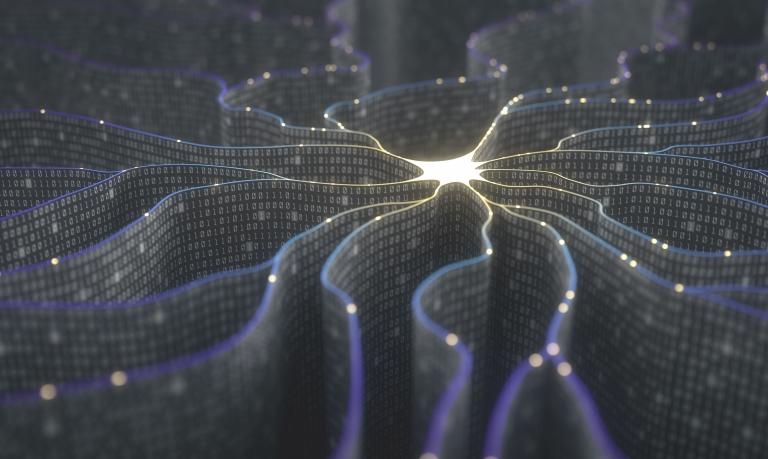How AI and Blockchain will impact the future of human labor in supply chains

New technologies are making supply chains faster and more efficient. But it doesn't have to be at the expense of human workers.
It may still be early days for artificial intelligence and blockchain in the workplace, but these technologies are already helping to solve issues that have plagued supply chains for decades. In our recent eBook created in partnership with Gartner, we've explored the many opportunities business owners now have to lower costs and improve efficiency.
Of course, it's impossible to talk about technological change in any industry without raising questions about the future of human workers, and there's no doubt that many tasks within supply chains are becoming automated. But that doesn't mean human workers are on the verge of obsolescence — in fact, it's through the introduction of AI and blockchain that new roles are being created.
Tackling a supply chain challenge
As we wrote in our eBook, a “lack of visibility over the process” has for a long time been one of, if not the, biggest hurdles for supply chain leaders. Getting an item as common as a pencil into the hands of a consumer can require a process involving hundreds or even thousands of people, from material procurement to manufacturing to distribution.
If something goes wrong — be it misplaced stock or erroneous paperwork – it can be onerous and potentially too costly to determine where the fault occurred.
But companies around the world are finding ways to improve transparency at all stages of their supply chains. Food giants like Walmart and Nestlé are using blockchain to trace where their ingredients are sourced more reliably than humans can, which could help ensure their products are safely handled to prevent the spread of foodborne illnesses. The monitoring of livestock, too, is being increasingly handled by AI.
Through a combination of blockchain and real-time location intelligence, freight businesses can make the movement of goods more accountable, with the location and state of all items constantly verified with all stakeholders. That's why the International Port Community Systems Association is embracing the technology, making transport more seamless and lowering the risk of tampering or theft by bad actors.
A new approach for workers
As these technologies become more advanced and adept at supply chain roles, some tasks performed by human workers will be taken over by autonomous systems. But this doesn't have to result in the loss of meaningful employment.
The actions Gartner identified as likely to be automated and digitized are vast but not all-encompassing, from analyzing large data sets and predicting maintenance to eliminating keying errors and assisting workers.
In fact, the firm predicted that 50% of large companies will have humans and virtual assistants collaborating by 2022. So while AI and blockchain will certainly replace humans in situations where they're inefficient or inconsistent, there will be new ways for humans to work alongside this technology.
With the enormous amounts of data being analyzed by AI, for example, there will be an increased need for humans who can interpret the data and use it to inform business decisions. For every autonomous system, humans will be needed to assess their output and provide tweaks or repairs for optimum performance. It's why some experts are suggesting that the biggest utility of new technology is in augmenting human capabilities.
AI and blockchain are already transforming the supply chains of companies around the world, and the changes will only become more significant in the coming years. But human staff aren't going anywhere, with the technologies providing new opportunities for workers.
Have your say
Sign up for our newsletter
Why sign up:
- Latest offers and discounts
- Tailored content delivered weekly
- Exclusive events
- One click to unsubscribe


